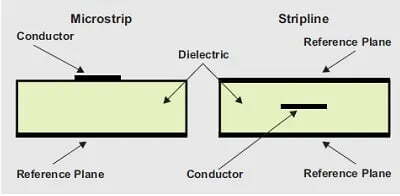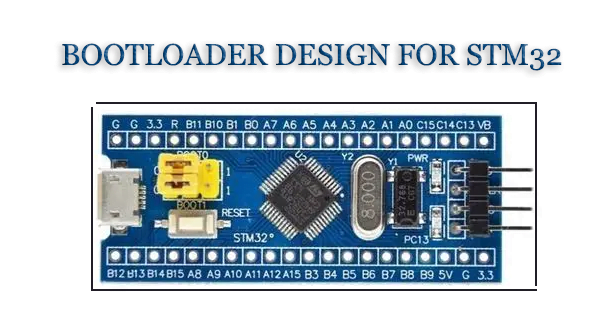What is Annular Ring in PCB?
The annular ring refers to the area between the hole drilled in the via and the edge of the conductive copper pad. Vias act as interconnection nodes between different layers on a PCB. The drilled vias appear as a ring pattern (annular rings) when you view the PCB from the top.
Annular Ring Size
The size of the annular ring is typically determined by the drill diameter and the required electrical and mechanical properties of the hole. The minimum annular ring size should be at least twice the drill diameter to ensure proper plating of the through-hole. The maximum annular ring size should be limited to avoid short circuits and reduce the risk of mechanical failure. For example, in a study conducted by the IPC (Association Connecting Electronics Industries), it was found that a maximum annular ring size of 0.25 mm is recommended to avoid shorts and ensure proper solder fillet formation.
Here’s the Annular ring size formula:
- Minimum annular ring size = (2 x drill diameter) + (2 x annular ring thickness)
- Maximum annular ring size = (pad diameter – drill diameter) / 2
where:
Drill diameter: The diameter of the drill used to create the through-hole.
Annular ring thickness: The thickness of the copper ring around the hole.
Pad diameter: The diameter of the copper pad connected to the hole.
Annular Ring Clearance
The clearance between the annular ring and other copper features on the board can affect the routing and layout of the board, as well as the electrical performance of the circuit. The IPC has defined clearance requirements for annular rings in their IPC-2221A standard. For example, the minimum clearance between an annular ring and a copper trace should be at least 0.15 mm, and the minimum clearance between an annular ring and a copper pad should be at least 0.25 mm.
Here’s the Annular ring clearance formula:
- Minimum clearance between annular ring and copper trace = (annular ring thickness / 2) + trace width + manufacturing tolerance
- Minimum clearance between annular ring and copper pad = (annular ring thickness / 2) + pad diameter + manufacturing tolerance
where:
Annular ring thickness: The thickness of the copper ring around the hole.
Trace width: The width of the copper trace on the board.
Pad diameter: The diameter of the copper pad connected to the hole.
Manufacturing tolerance: The tolerance allowed by the manufacturing process for producing the copper features on the board.
Common Issues with Annular Rings in PCBs
Annular rings are an essential part of PCB manufacturing, and their quality affects the continuity of traces. However, there is a common misconception that annular rings are error-free.
Annular Ring Accuracy:
In theory, a perfect annular ring is formed by drilling a hole at the center of the via pad. However, the accuracy of the drilling depends on the machine used by the PCB manufacturer. The manufacturer has specific tolerances for annular rings, usually around 5 mils. In other words, the drill hole may deviate from the mark within a given range.
Issues with Deviated Holes:
When the drill bit does not align with the mark, the resulting hole will be towards the side of the pad. This creates a tangential line around the hole, and if the drill hole deviates further, it will cause breakout. Breakout occurs when a portion of the hole exceeds the filling area.
Annular Ring Breakage:
Annular ring breakage affects the continuity of the via. When the copper area between the connection hole and the pad is small, the current flow is affected. This problem becomes more apparent when the affected channel is used to carry more current. When annular ring breakage is detected, more copper filling is added around the exposed area to fix it. However, in some cases, this may cause irreparable problems, such as accidental short circuits between adjacent traces.
Adjusting Annular Ring Size:
Although PCB manufacturers are responsible for producing accurate annular rings, design engineers can play their part by setting the correct size in the design. Leaving more space outside the tolerance range specified by the manufacturer and allocating an extra 1 mil to the annular ring’s size will save troubleshooting headaches in the future. The size of the annular ring varies. Some PCB designers choose thicker annular rings, while others use thinner annular rings due to space limitations.








